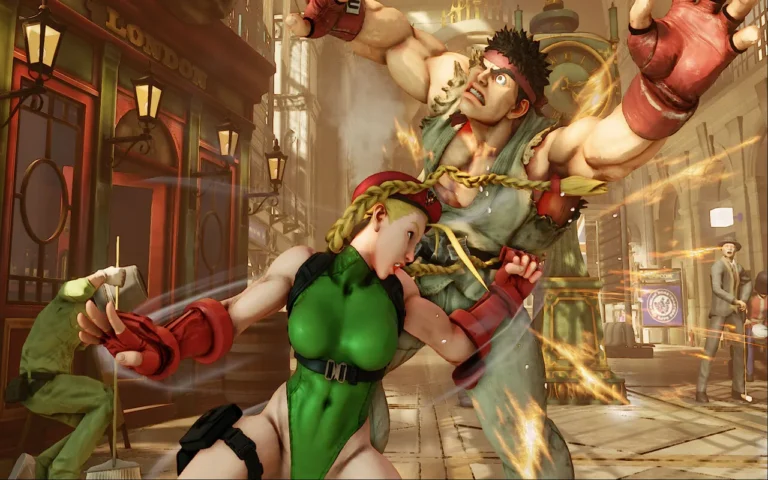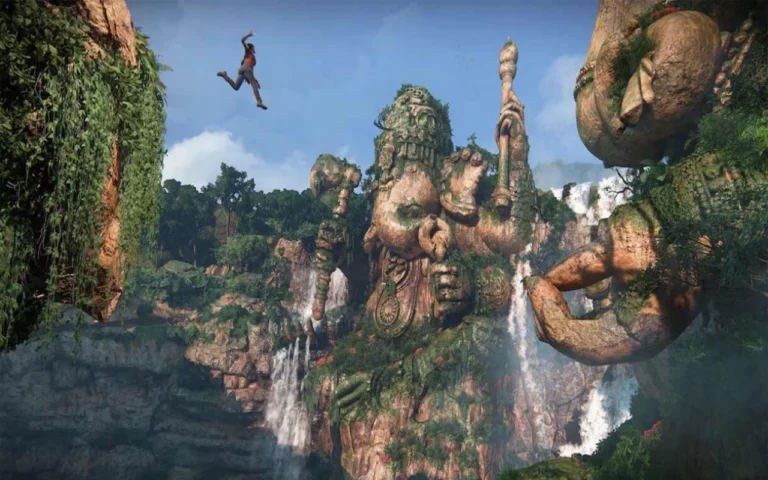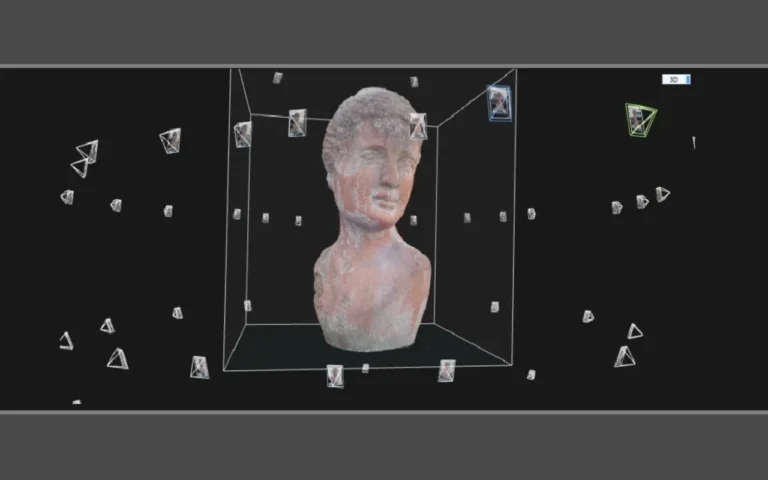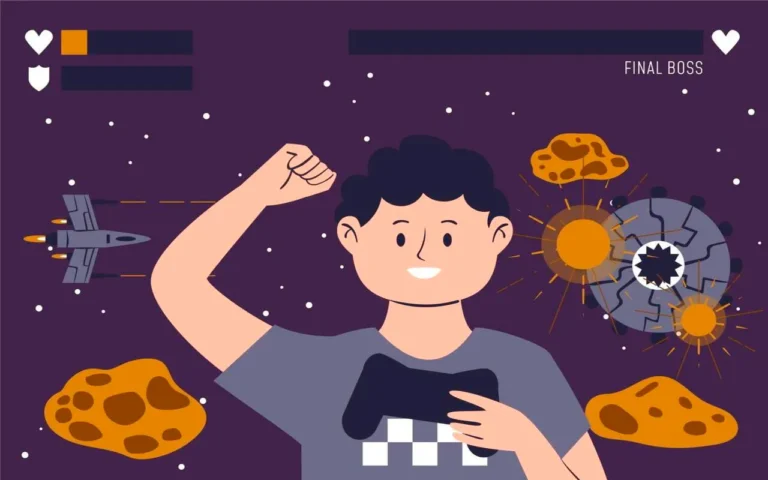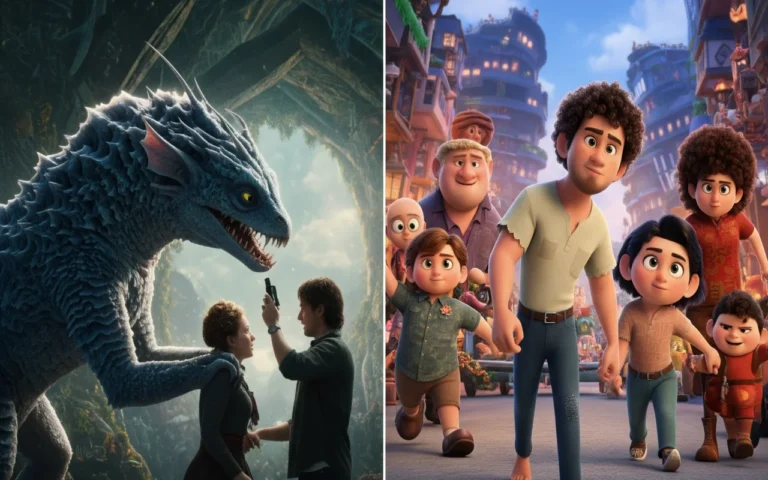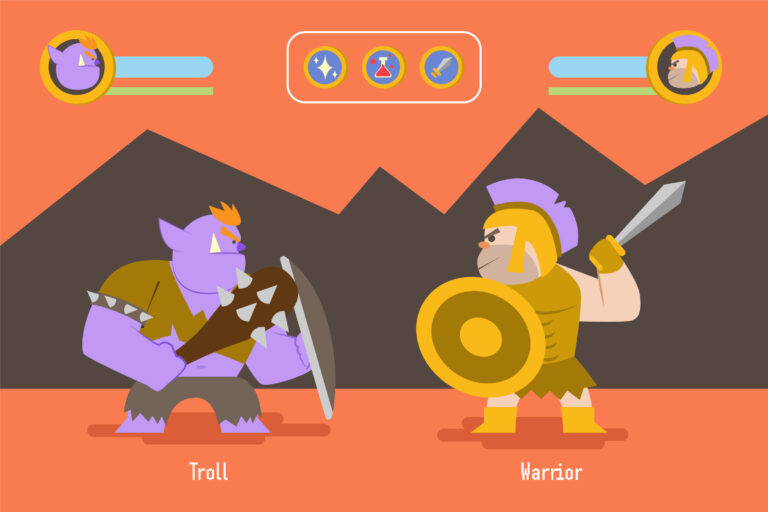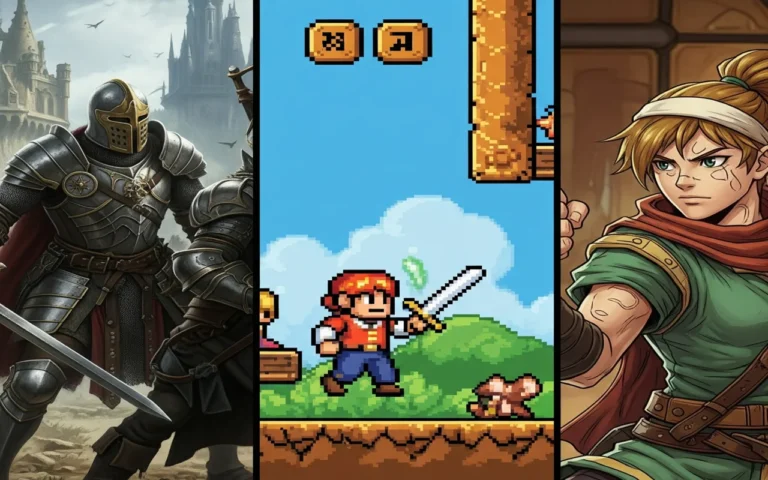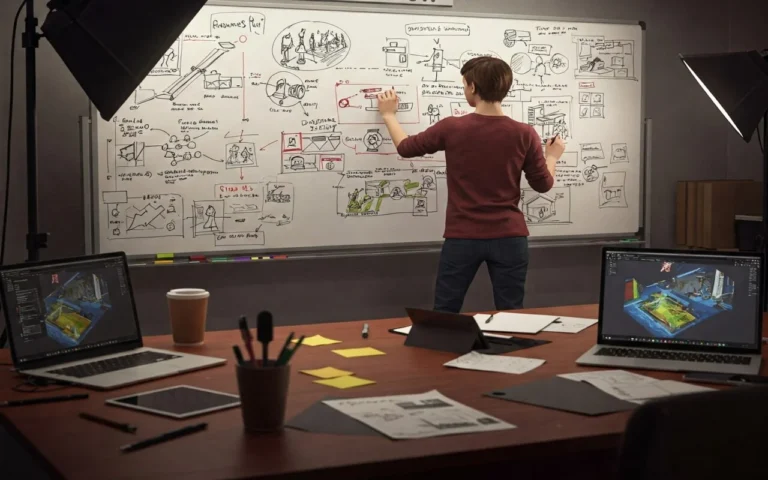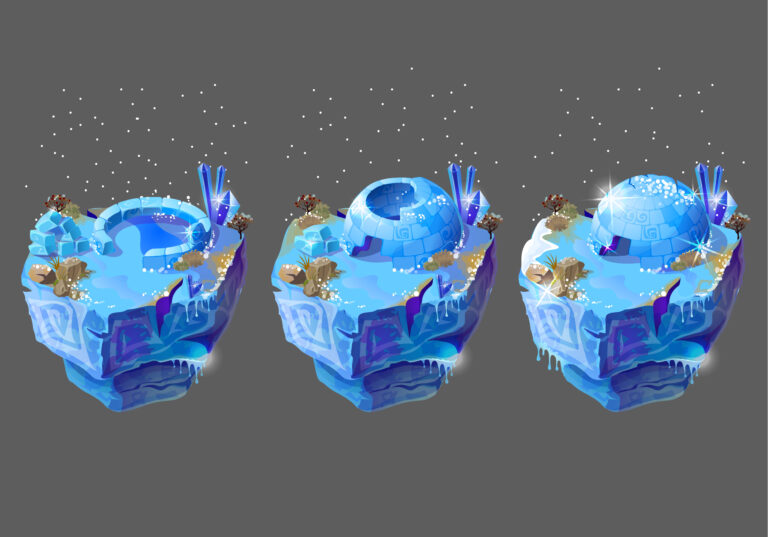Visual Effects (VFX) are an indispensable part of any high-quality game. They are dynamic elements like explosion, rain, or magic effects, ranging from environmental effects like fog to character abilities like fireballs.
Visual effects make games visually engaging and immersive through real-time effects that render instantly. They provide gameplay feedback and enhance storytelling.
In this post, we will explore the world of VFX for games and delve into techniques commonly used in the industry to create those stunning effects.
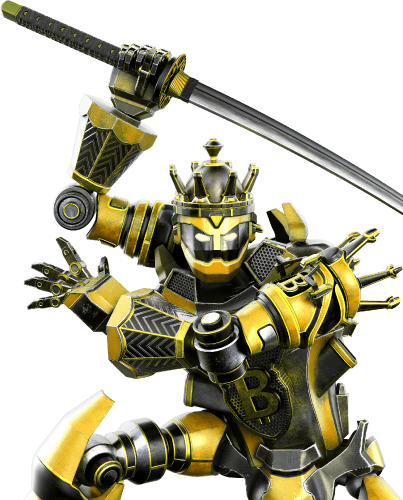
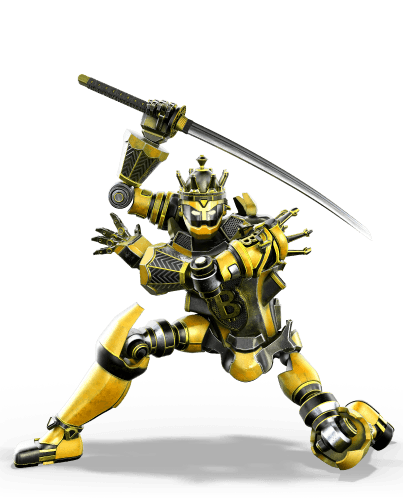
Need Game Art Services?
Visit our Game Art Service page to see how we can help bring your ideas to life!
What is VFX in Games?
Historically, VFX evolved from simple 2D sprites in early arcade games to complex real-time effects with modern game engines.
Today, Visual Effects (VFX) are defined as dynamic elements like explosions, hurricanes, or magical effects that make games visually captivating.
In game development, VFX are real-time effects rendered instantly during gameplay, delivering gameplay feedback and signaling events like damage or power-ups.
VFX encompass environmental shifting (fog, snow), character abilities (fireballs, spells), and UI cues (health bars, hit markers). They deepen storytelling and engagement.
Unlike film VFX, game VFX must run efficiently across diverse hardware, from consoles to mobiles. Optimization ensures player immersion without performance issues.
VFX are pivotal in genres like action, RPG, and shooters, where dynamic visuals drive emotional impact and gameplay clarity.
Common Types of Visual Effects in Games
Video Games use real-time visual effects. Real-time VFX are rendered while the game is being played.
Game engines provide VFX artists with many real-time visual effects tools that are made specifically for creating effects.
Let’s explore some common types of VFX and particle systems that are featured in games.
Particle Effects
Particle systems are probably the most popular technique used to create VFX for video games.
A particle effect system is basically an emitter that emits 2D or 3D objects in varying numbers, sizes, and colors.
- For instance: a fire effect can be created using particle systems by emitting thousands of small sprites or meshes in colors like red, orange, and yellow.
Particle effects have a fixed lifespan. For effects like fire, the lifespan can be infinite, while a muzzle effect or explosions have much shorter lifespans but higher speeds or greater magnitudes.
Particle systems are very intuitive and enjoyable to work with. Almost all modern game engines have particle effect systems that are very capable and powerful. These systems can spawn single or thousands of effects with varying speeds and movements.
Particle effects are sometimes combined with other techniques to create more exciting effects:
- Damage effects that appear in games like League of Legends are a combination of 3D modeled meshes created in modeling programs and particles and lights created inside game engines.
- A fireball effect consists of a sphere cut in half, glowing lights for the head, and some 2D flame sprites for the trail that are spawned continuously by the particle systems.
Generally, any effect that can be broken down into smaller parts can be created using particle systems in real time. These systems are very popular among game developers and are considered the most important tool for creating visual effects.
Shaders
Shaders are programs that define the rules for rendering graphics.
Shaders manipulate graphics on a pixel level. They are used to affect the surface look of the object and define how they interact with other elements like lighting and natural phenomena.
For example, shaders determine how surface materials should look in the game.
With shaders, you can write a program that makes a 3D object transparent and color it blue so that it looks like water.
Using shaders, it becomes possible to set graphical rules that result in creating a toon-shaded look for characters by manipulating the intensity and opaqueness of materials and contours.
Surface wetness, snow accumulation, wind effects, and dust layering are examples of shaders being used in 3D scenes.
Lighting
Lighting is an important tool in a game developer’s arsenal that allows for creating stunning effects in games.
There are various types of lights available inside game engines. Point lights, area lights, and directional lights enable developers to illuminate the scenes to their liking.
Adjusting lighting settings allows developers to create detailed atmospheres, whether realistic, stylized, or sci-fi.
For example:
- Ray tracing, which is being used more and more in high-end games, allows real-time, realistic lighting to be implemented in games.
- Lights are used in effects that don’t initially appear to include light. A torch or shield effect may contain invisible lights in its game objects, making them glow when spawned in the scene.
- Artists can create real-time day and night cycles, or combine a point light with volumetric fog to create a dark and foggy scene that can be lit by a flashlight.
Physics-Based Effects
Game engines are powerful programs that offer various tools for physics-based effects.
Systems like destructible objects, cloth simulations, and foliage animation are examples of such systems that can be used to create unique and high-quality effects.
Destructible objects have become popular recently. They can be used to create stunning destruction effects for buildings and props. They also facilitate the creation of effects like explosions and collisions.
Hand-Drawn 2D effects
Hand-drawn 2D effects are popular in 2D games. These effects are exported in sprite sheets that contain multiple frames of drawn effects that form the animated effect.
Flames, water splashes, wind, healing, and power-ups for mobile and 2D games are examples of 2D effects that are usually drawn by hand.

How VFX Is Created in Games
Visual effects can be created using various methods. Each game art studio or developer usually has a game art pipeline that is unique and works for them. However, the following steps and decisions are often found in any VFX pipeline and can be used as a framework for creating visual effects for games.
Define The Effect's Purpose
Although visual effects make games look cooler, they help communicate important actions and events in the game as well. Take League of Legends as an example. There are hundreds of effects popping up on the screen at the same time, each providing the player with useful information. Think of first-person shooter games where various visual effects like pop-up hit registration scores or red screens demonstrating taking damage convey different information to the player. Effects are there to convey and communicate events more efficiently. The first step in creating VFX for games is to determine what exactly an effect is going to convey and how important it is.
Choose Shapes
The process of creating any effect starts by defining the fundamental shapes that are going to be used in it. Shapes help communicate ideas effectively. A plus sign that appears above a character denotes health gain. Sharp and spiky effects demonstrate damage, and round effects are used for shields, armors, or powerful actions. Knowing shape language and defining the shape is a crucial step in creating effective VFX.
Select Colors
Knowing color theory and selecting color is an essential part of a VFX pipeline.
Color theory helps define the nature of visual effects.
For example:
- Red and orange effects are often used to denote fire, damage, and explosion.
- The blue color is usually used for power-ups, level-ups, ice strikes, or using potions.
- Green and yellow are used in many effects, such as gaining health and grabbing armors.
Applying color to visual effects should be balanced and follow the color theory in game art rules. Overdoing colors in effects takes the project’s harmony away and makes it look eerie.
When deciding the intensity of colors in visual effects, background colors and environment themes should be considered carefully. Effects should look clear and have distinctive features. Players should not be distracted by too much color in effects.
Timing and Speed
Adjusting timing is a crucial step in creating visual effects.
For instance:
- Explosions are abrupt and fast. The fire sphere that is created for an explosion should grow and then be destroyed quickly. If the timing is not thought about carefully, visual effects fail to communicate the idea behind actions.
- A power-up effect should be played quickly, but stay a little longer than explosions to denote holding and maintaining the power.
- Effects that are added to throwing objects should match the weight and function of the projectile. Paying close attention to the physical nature of the object and how it moves, besides using PBR techniques, helps create better timing and speed for their VFX.
What Does a Game VFX Artists Do?
A Game VFX artist is a creative and technical expert who designs specific scenes with compatible visual effects for games, driving player immersion through dynamic visuals.
Let’s briefly review some of the major components of this role:
Core Responsibilities
- VFX artists design effects like magic effects, explosion effects, and smoke and fire simulations.
- They bring character abilities to life, like glowing spells or fiery traps.
- They create visuals that enhance gameplay, such as hit markers or healing auras, ensuring clear visual cues.
- They align effects with the game’s aesthetic, whether realistic, stylized, or fantastical, to support the narrative.
- They iterate based on feedback, refining effects to match design and story goals.
Technical Expertise
VFX artists use game engines like Unity and Unreal Engine to build particle systems, shaders, and lighting effects. They leverage tools like Niagara (Unreal) or Visual Effect Graph (Unity) for advanced real-time effects.
They code custom shaders to achieve unique visuals, like shimmering water or distorted air. Knowledge of ray tracing and physics simulations helps create cutting-edge effects.
Creative Contributions
- VFX artists brainstorm creative solutions, like combining particle systems with meshes for complex effects like fireballs.
- They craft post-processing effects, such as bloom or motion blur, to enhance the game’s mood.
- They draw inspiration from art, film, and nature to design innovative environmental effects.
- They ensure effects are visually distinct, making each ability or event memorable.
Collaboration and Communication
- VFX artists work with animators, designers, and programmers to integrate effects into game development.
- They align with art directors to ensure effects match the game’s visual cues and style.
- They communicate technical constraints, like performance limits, to balance quality and efficiency.
- They participate in playtests, gathering feedback to refine effects for clarity and impact.
Optimization and Testing
- VFX artists optimize effects to prevent lag, reducing particle counts and using low-res textures.
- They simplify shader math and limit effect duration for smoother performance.
- They test effects across platforms, ensuring consistency on consoles, PCs, and mobiles.
- They use pre-baked animation for complex effects, maintaining quality while boosting speed.
Tools and Software for Creating VFX in Games
Game visual effects are created using various tools that are mostly inside game engines and also with the help of modeling and drawing programs.
Game engines like Unity, Unreal Engine, Source Engine, and Godot are the most commonly used programs to create games.
They have various tools such as particle systems, shader graphs, real-time lighting tools, and volumetric systems that facilitate the creation of VFX.
3D modeling programs like Maya and Blender also play an important role in creating 3D meshes used in visual effects.
2D graphics programs like Photoshop and Adobe Animate are also popular tools that are used to create hand-drawn effects for 2D games and also to draw the sprites that can be emitted by particle systems
Optimizing VFX for Game Performance
Visual effects are often played in real-time. This might cause performance issues if they are not optimized properly. As we explained earlier, most of the VFX used in video games contain a large number of particles that cause strain on the processing units. If these effects are not optimized, they will cause lag and serious performance issues that will frustrate players. Therefore, it is mandatory to optimize visual effects. Reducing particle counts is a useful tip that can help the game run smoothly. Another tip is to use low-resolution textures. Optimizing mathematical functions is also mandatory if shaders are used inside the game. Limiting the effects’ timing and duration also helps the performance as well. Another method that can greatly improve performance is to use pre-baked animations for the effects.
Read More: 3D VFX Cost
Case Studies: Effective Use of VFX in Popular Games
In today’s competitive gaming market, it is easy to find games that are saturated by extravagant VFX that serve no purpose other than making the game look flashy. Most of the companies see the number of effects used as more important than their quality.
However, some game companies seem to have got it right! Games like Valorant and League of Legends have an outstanding implementation of visual effects in games. Even though these games incorporate dozens of effects in a single scene, these effects seem to serve their purpose well.
- In League of Legends, players can easily understand the type of projectile or damage they are about to get hit with according to its color, size, and speed. They instantly understand what type of opponent is throwing the attack, and they can dodge the attack immediately.
- Valorant follows the same methodology as well. Its use of effects helps players understand potential hazards quickly without getting their views cluttered.
